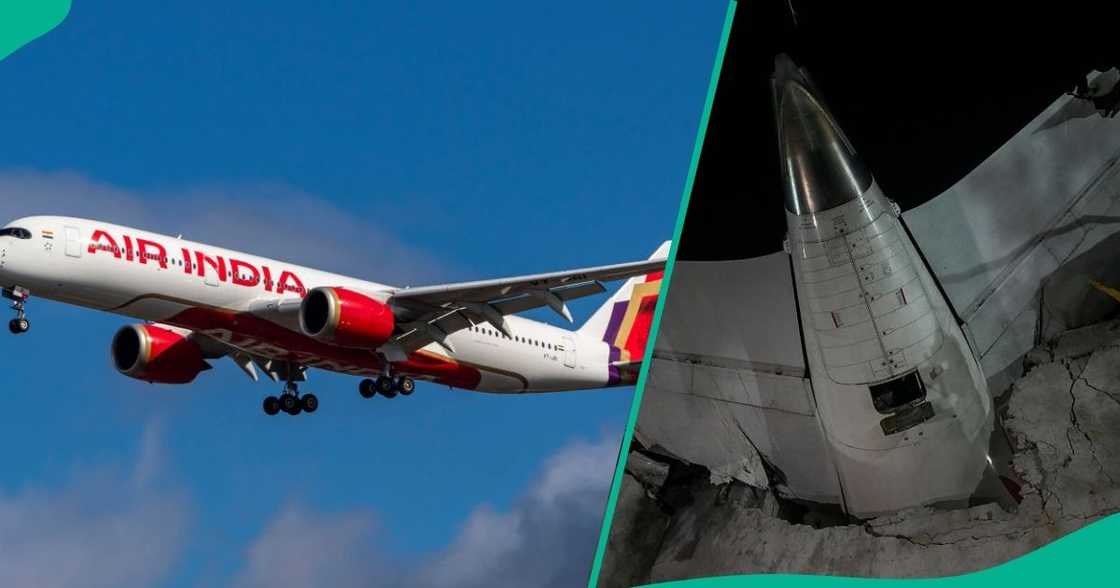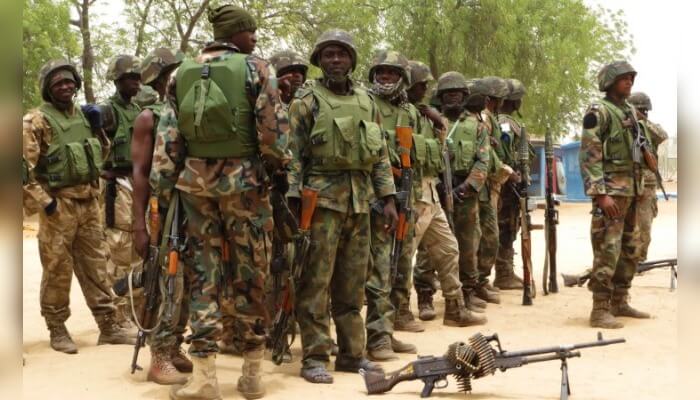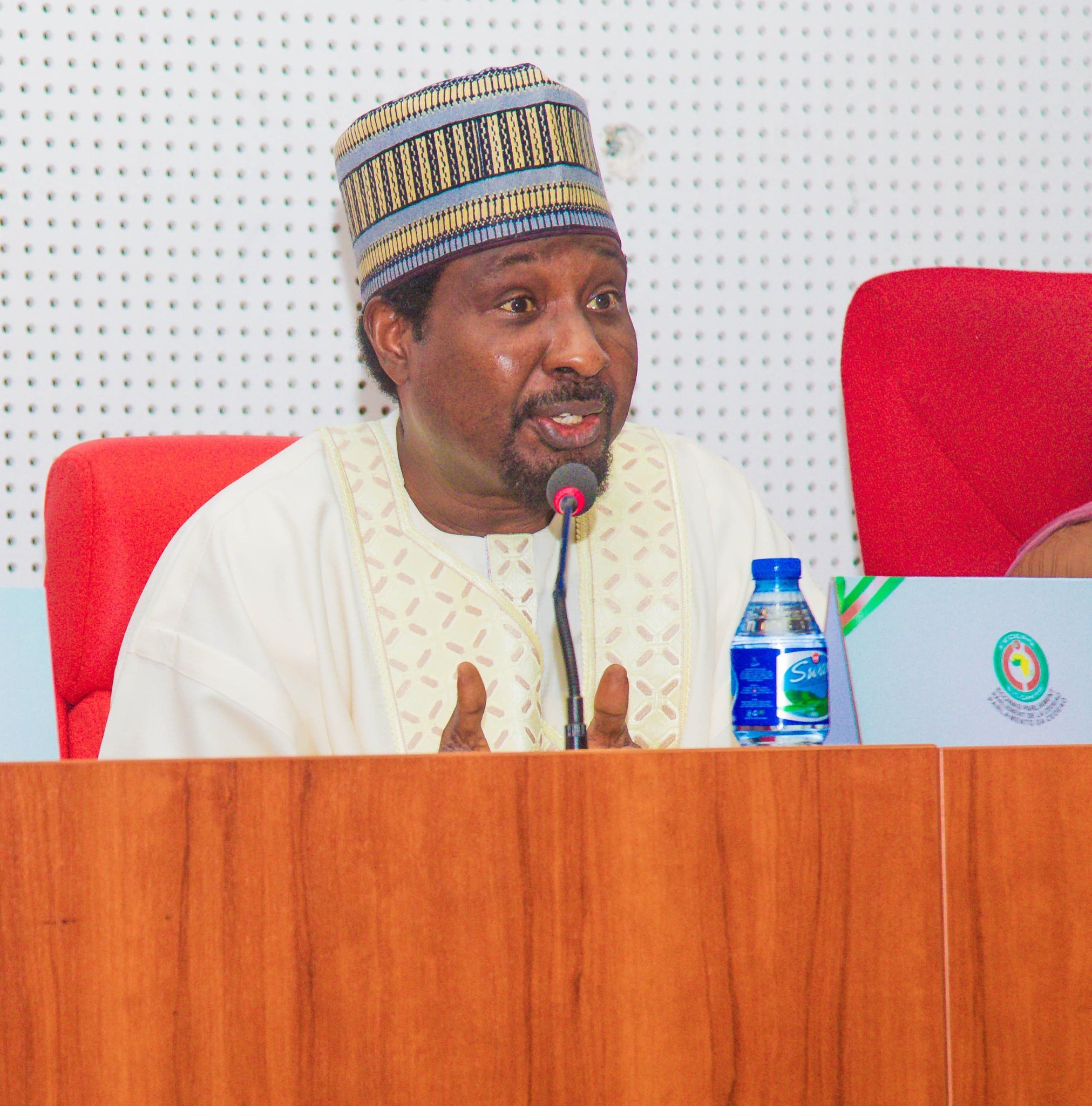Fear of Travel Peaks in India After Fatal Air India Crash, People Paying $500 for Therapy
A fatal crash involving Air India flight 171 has sparked a dramatic rise in demand for flight anxiety therapy in India, with a Bengaluru-based centre reporting a tenfold surge in enquiries.
The June 12 crash, captured in widely circulated CCTV footage, left 260 dead and deeply rattled public confidence in air travel.

Source: Getty Images
Retired Air Force wing commander Dinesh K., 55, who runs Cockpit Vista, India’s only dedicated centre for fear of flying solutions, said the incident had triggered a wave of psychological distress. Since the tragedy, his $500 course has received more than 100 enquiries—up from a typical 10 a month.
“Fear of flying is typically to do with things happening on an aeroplane—the sounds, motion, vibrations … exposure therapy is the only solution,” Dinesh told Reuters during a tour of the facility.
Located in Bengaluru, Cockpit Vista combines counselling with realistic flight simulation in Boeing and Cessna cockpits. Clients learn how mechanical vibrations and sounds align with normal aircraft operations, easing their fears through structured exposure.
Messages shared by Dinesh reveal clients suffering from acute anxiety. Some reported “losing confidence” while others described the psychological impact as “too hard on the brain”.
The cockpit footage of the Air India Boeing 787-8 Dreamliner’s ill-fated take-off—where the plane ascended to 650 feet before plummeting into a fireball—has become a focal point of national anxiety. Mental health practitioners confirm a noticeable uptick in insomnia, obsessive flight tracking, and heightened fear over loved ones’ travel plans.
Reports from Jaya Tours in Mumbai indicate many passengers are actively avoiding Air India and filtering airlines based on aircraft models. Nidhi Bhatia, a 25-year-old marketing consultant based in London, stated, “I am filtering on the basis of not having to fly a Boeing … I’m bloody terrified currently, and I don’t want to get back on a flight.”
Industry data further underscore the crash’s impact. According to the Indian Association of Tour Operators, bookings have dropped 15–20%, with up to 40% of confirmed tickets cancelled.
“We are getting very unusual questions about aircraft type. Earlier passengers didn’t really care about what kind of aircraft it is,” said association president Ravi Gosain. “People don’t want to hear about Dreamliners.”
Globally, fear of flying—clinically known as aerophobia—has seen spikes following air tragedies. In the U.S., a crash involving an American Airlines plane and a helicopter recently prompted 55% of surveyed travellers to report increased anxiety.
Google Trends showed “flying fear” searches in India reached peak levels the day after the Air India crash and have remained high. Although flying statistically remains one of the safest forms of travel, emotional responses often outweigh the numbers. In 2023, there were only 1.87 accidents per million departures, with very few take-off incidents in 2024.
Psychologist Pankti Gohel noted a shift in patient behaviour, with some clients reporting “debilitating anxiety” that disrupted their daily routines. Others are unwilling to let family members board flights, staying glued to their phones for arrival notifications.
Dinesh’s 14-hour Cockpit Vista course, informed by his experience overseeing ground operations during the Kargil conflict, now includes the option for clients to be accompanied on their first post-therapy flights.
While India lacks the extensive infrastructure seen in Western nations for treating flight anxiety, Dinesh’s programme is becoming a much-needed solution amid the fallout of one of the country’s most chilling aviation disasters.
PAY ATTENTION: Сheck out news that is picked exactly for YOU ➡️ find the “Recommended for you” block on the home page and enjoy!
Source: Legit.ng











